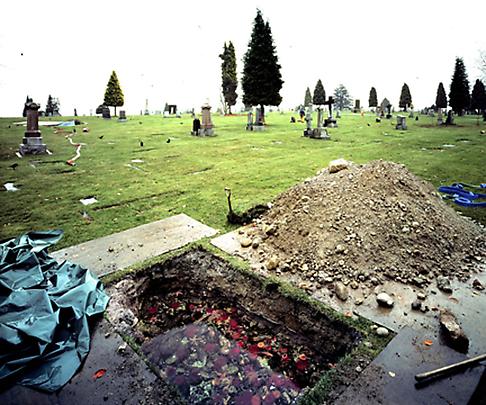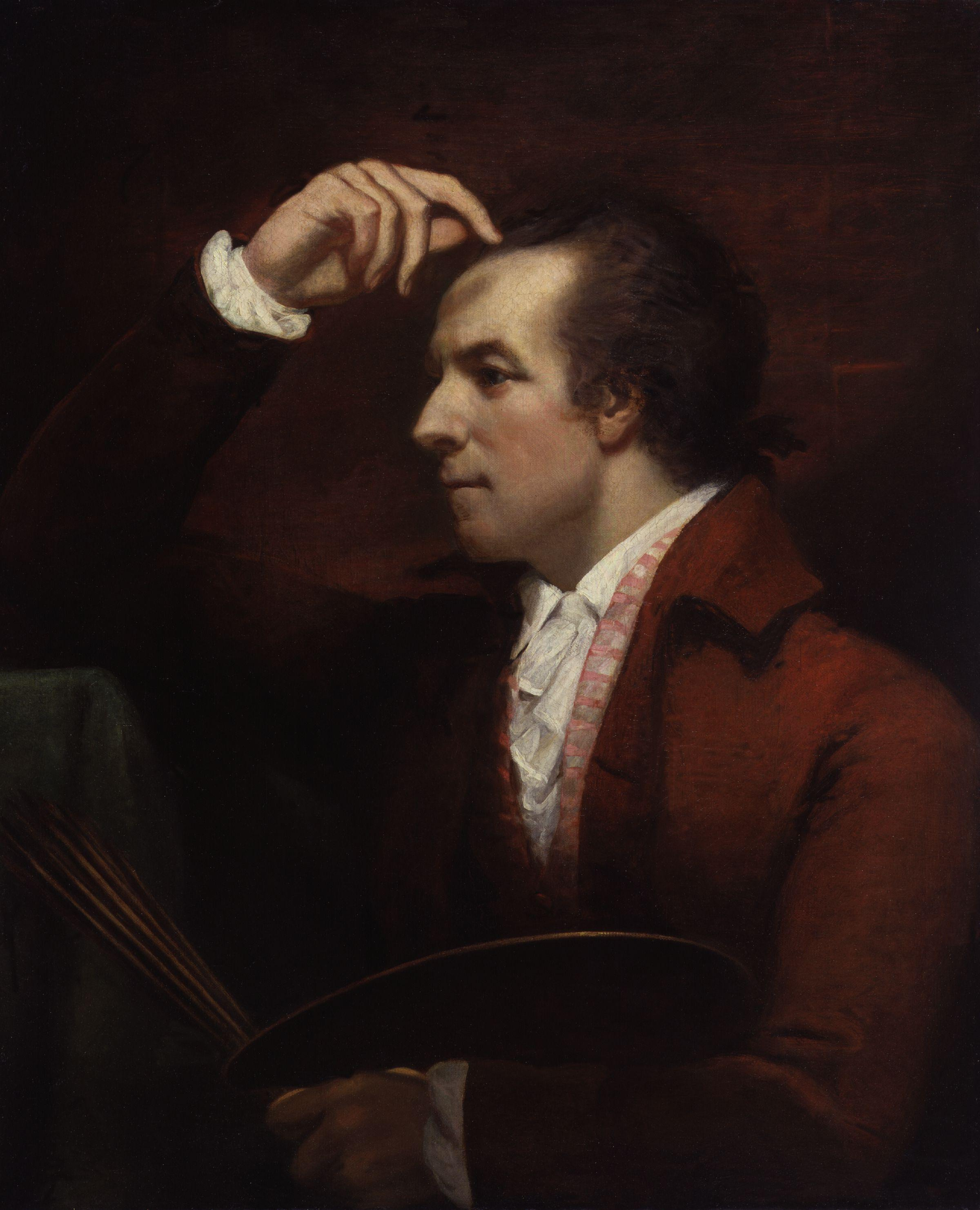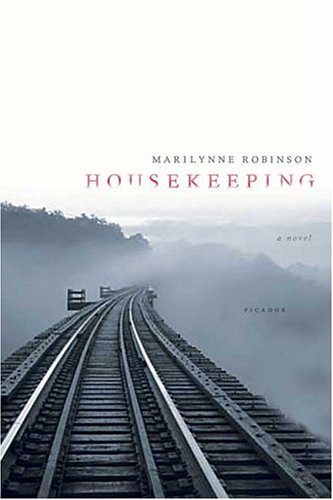Michael Fried gives us a vision of
personified animals in his poem “Care,” which he dedicates to Allen Grossman, one
of the leading interpreters of his poetic work. As in poems such as “The
Hilltop” with its Aesop-like speaking fox, eagle and rabbit (NBR 58), “Care”
imagines a badger who has amassed a collection of art but is concerned that it
will be squandered or destroyed, implicitly after his death. While the image of
the nervous keeper of a horde of treasure is interesting enough, the badger’s
subterranean habit and its way of digging in the earth particularly caught my
attention. For, the motif of digging is one that occurs frequently across Fried’s
oeuvre. His poem “Cézanne” finds the narrator collapsing after “a day spent
looking at paintings / I’m as exhausted / as I would be if I had dug a trench.”
(NBR 12) If this equation of looking and trench-digging sounds a bit rich from
someone who has probably never dug a trench in his life, Fried also then turns the equation around to imagine a reciprocal exhaustion on
the part of the painter. The labor of making the painting figures as “a day
spent digging trenches.” (NBR 12)
Understanding acts of looking at
and making pictures qua digging also
finds instructive resonance in Fried’s art historical writing. In “Painter into
Painting” from 1982, Fried takes the bent bodies of Gustave Courbet’s Stonebreakers (at left), who painfully smash and
heft bits of earth, as allegories of the hands of the artist painting the
figures: “The old stonebreaker and his young counterpart may be seen as
representing the painter-beholder’s right and left hands respectively: the one
wielding a shafted implement that bears a distant analogy to a paintbrush or
palette knife, the other supporting a roundish object that might be likened to
the (admittedly much lighter) burden of a palette.” (PP, 641-2) Just as the
poet’s labor of looking at paintings is equivalent to the trench-digging work
of the artist who makes them, so both actions register in Courbet’s
simultaneous identity as painter and first beholder of his own work (PP, 634).
These actions then get transcribed—or better, personified—as markers of
Courbet’s own identity (see PP, 642-3) as he fulfills what Fried sees as his
ambition to “transpose himself as if corporeally into the painting on which he
was working” (PP, 634) as a way to overcome the theatricality felt in his
position in front of the canvas.
There is another way in which
digging and “earth-work” figures significantly in Fried’s reading of Courbet,
however. In an article from 1983, Fried approaches Burial at Ornans through Courbet’s landscapes of the late 1840s,
teasing out the role of central, serpentine forms often occupied by images of
rivers. These river motifs serve to guide the eye into and through the
landscape, but their resulting hollows and declivities follow from a Kunstwollen directed at carving out a
deeper kind of ground-work: “a desire for excavation and filling in, a desire that ... receives its most direct and in a
sense its most capacious expression precisely in the Burial.” (SB, 654) What is driving this desire, Fried will argue, is
Courbet’s aim to undermine his own separation from the painted worlds he is
creating with the effect that “the bottom of the picture is subjected to
extraordinary pressure in Courbet’s art.” (SB, 663) So, whereas the chiasmic
labors of Cézanne and his viewer make for parallel but discrete trenches,
Courbet’s split identity and simultaneous occupation with seeing and painting makes
earthwork central to his project. Of the foregrounded grave in the Burial, Fried writes: “We might say that
both the location and the treatment of the grave bear witness to a resolve to
cut the ground out from under the feet of the beholder and by so doing to leave
him nowhere to stand outside the Burial itself.
Part of the tool by which that labor presumably was accomplished can be made
out just to the left of the grave: the blade of a shovel, crusted with dirt
and, like the grave, abbreviated by the bottom framing edge. This is suggestive
... much as if the fictive activity of excavating the grave (of excavating this
grave precisely here) and the actual activity of painting the Burial were in crucial respects
analogous.” (SB, 666)
All of these effects, we need to
remember, follow from the central thrust of Courbet’s project: “the
painter-beholder’s ‘fantasmatic’ insertion of himself into the painting” or,
again, “the heavy urgency of the painter-beholder’s determination to achieve
union with the painting before him.” (SB, 676) Given the ancient gendering of
the cold, wet earth as feminine, Fried can hardly escape from the sexual
address of this urgent drive for insertion through the bottom or “from the
rear” (PP, 638); indeed, in his Courbet book, Fried will take on these
questions directly. But, reading his poetry, what struck me particularly was
Fried’s return to these metaphors of excavation and passage into the earth, as
it were, in reverse. In a poem called “The Tunnel,” the narrator describes his
father made fluid—dying “of a cirrhotic liver / caused by poisoned blood /
flushed through him one winter dawn / to fight a bleeding ulcer” (NBR, 7)—penetrating
a stony portal: “He found a stone wall / with, at its base, a tunnel / just too
narrow to admit / a man. Undaunted he crawled though / hand over hand/ to the
other side.” (NBR, 7) Unlike the hands-made-into-bodies as the artist passes
into Stonebreakers and out of
theatricality, the broken body of the leaking father passes out of life through
a stone portal, a grave.
This brings us back to
the worried badger. This badger, Fried tells us, has a poet-friend who collects
ancient pots, keeping them in an apartment “like a cave.” (NBR, 13) As with the
entombment of the father, these pots are “of hard gray stone.” (NBR, 14) Yet,
where the father himself had become fluid, these subterranean, stony vessels
remain available for activation by artistic penetration. The badger’s friend is
convinced that one of these newly-acquired pots “was a scribe’s inkwell. / When
the time comes he will dip his pen in it / to write his gravest / songs.” (NBR,
14) Moving with the venerable alignment between power and penetration noted in
the reading from Leo Bersani (IRG, 21), death is turned into life by this act
of insertion, the cave-like setting and the material grave recouped into
immortal, poetic gravity. “Care”, then, is not only the condition of Dasein to
the world, but the kind of comportment one needs for reading and writing around
the grave. So we saw in class two weeks ago, one of the most ingenious features
of Fried’s writing on Courbet is the plotting of the reader like the mourners
in the burial as “walking slowly, almost somnambulistically, in the ultimate
direction of the open grave.” (SB, 647) Like Stanley Fish’s account of Paradise Lost where the reader endlessly
performs the plot by falling—by failing to identify with the right party, by being tricked into Satanic
rhetoric—we who fail to see the poetic jaws enfolding around us (if we miss
this reference to the plotting of appreciation for the depiction of acts
carried out “automatically, as if unconscious ... [with] almost somnabulistic
character” [AMTFP, 144]) will end up occupying the grave, rather than sprung
artistic from it.
So much for where we left off last time. Soon after class, I
received an email from a colleague who shared this insight: “I
had a little epiphany this morning: graphein = to dig, to carve, to write.” An excellent point. The etymology of the
graphic—binding writing, drawing and digging—would certainly have been known to
Fried as, among others, Svetlana Alpers talks about it at some length in The
Art of Describing (1983), which he cites in various places. But, it also
raises an interesting question about Fried’s account of Courbet—one of
particular relevance to our readings for today. That is, if Courbet is moving
around his signature in Stonebreakers
from right to left; if he is making his central figures in that painting into
isomorphs of his own initials, and—most critically—if he is operating with this
conception of painting as digging/excavating, might we not also see him
as sharing Eakins’s conflict between writing/drawing vs. painting, between the
quasi-Wölfflinian graphic versus pictorial seeing? In other words, where Fried
sails imperviously between Courbet’s drawings and paintings but sees those
relations as problematic in Eakins, might the graphic not be seen to menace
Courbet as well?
These questions are
pertinent for us today as the figure of the excavation and the filling grave
occur again in Fried’s writing on photography. Offering an extended account of
photographer Jeff Wall’s laborious working process (based on their own, private
email correspondence) as split between on-site shoots and digital
reconstruction, Fried parenthetically observes that “as yet Wall has found no
means of acknowledging in his art the prolonged and repetitive labor that goes
into the making of a work like Morning
Cleaning, though, perhaps the imagery of digging a well, a grave, or an
anthropological site, as in The Well,
The Flooded Grave [above], and Fieldwork may be viewed in that light.”
(JWWE, 524) As presented here, Wall’s attention to sites of digging are
privileged as they appear to answer to the modernist moral value of
acknowledging the material conditions of their making without being reduced to
them. Just as viewing and writing about pictures is like digging the graves
that figure in Fried’s texts, shooting and digitally building photographs are
like the earthy excavations Wall shows us.
But, might this
gravitation toward the grave in Wall’s work not also help us to think about the
morbidity of photography in recent discourse. Themes of death feature
prominently in Roland Barthes’s Camera
Lucida (see BP, 558-561), a work central to Fried, Michaels and many
others. Yet, how do metaphors of vulnerability and loss of control figure more
broadly in conversations about photography? More to the point, what is at stake
in these figures?
Works Cited
NBR: Michael Fried, The Next
Bend in the Road. Chicago: University of Chicago Press, 2004
PP: Michael Fried, “Painter into Painting: On Courbet’s After Dinner
at Ornans and Stonebreakers,” Critical Inquiry 8, 4 (Summer,
1982): 619-649
SB: Michael Fried, “The Structure of Beholding in Courbet’s Burial at
Ornans,” Critical Inquiry 9, 4 (Jun., 1983): 635-683
IRG: Bersani, Leo.
"Is the Rectum a Grave?" October. 43 (1987): 197-222.
AMTFP: Michael Fried, “Absorption:
a Master Theme in Eighteenth-Century French Painting and Criticism,” Eighteenth-century
Studies 9, 2 (1975): 139-177
JWWE: Michael
Fried, “Jeff Wall, Wittgenstein and the Everyday,” Critical Inquiry 33,
3 (Spring 2007): 495-526
BP: Michael Fried, “Barthes’s Punctum,” Critical Inquiry 31, 3
(Spring 2005): 539-574
















